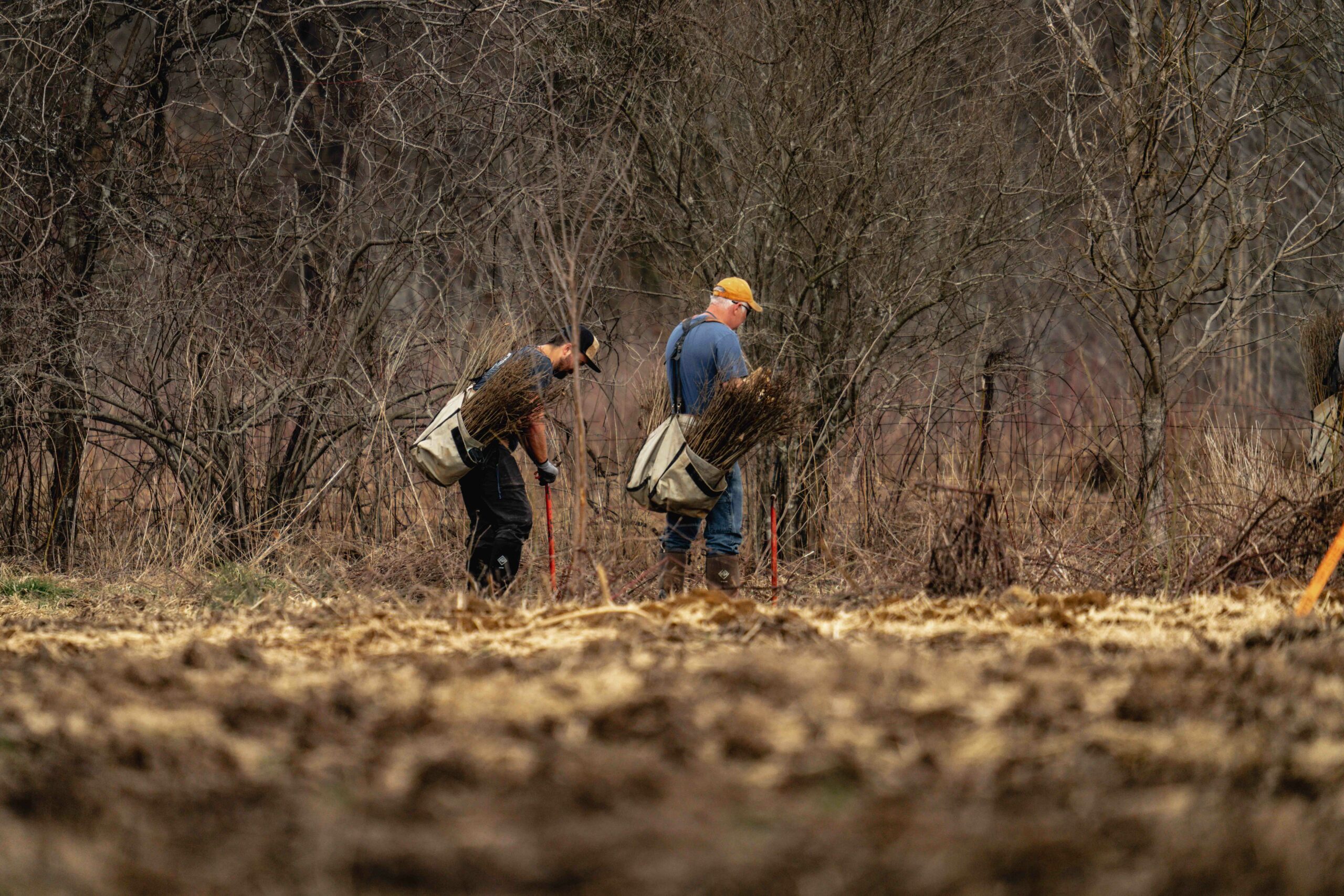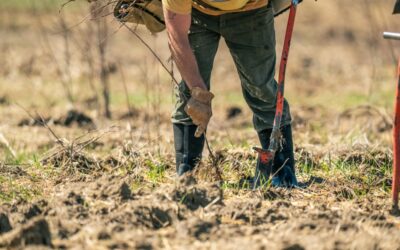Healthy, quality habitats are necessary for fish and wildlife populations to thrive. Tennessee Wildlife Federation’s Habitat Restoration and Conservation program partners with private landowners and public agencies to restore and conserve habitat in four major habitat types in Tennessee—forests, grasslands, streams, and wetlands.
As of June 2023, the Federation has enhanced and protected more than 15,000 acres of land across the state and planted more than 500,000 trees. The Habitat Conservation team is currently working on more than 40 habitat restoration projects in all four major habitat types across Tennessee.
Crooked Fork Wetland Restoration
The Federation is soon to begin a 100-acre wetland restoration in the Crooked Fork watershed in Morgan County. The restoration property adjoins University of Tennessee Institute of Agriculture’s (UTIA) Cumberland Forest. After restoration is complete, the property will be transferred to UTIA. This will be the Federation’s second largest wetland restoration to date.
Bullrun Creek Restoration
In Knox County, the Federation is restoring approximately 2,000 feet of Bullrun Creek. The primary goal of the project is to stabilize several vertically eroding banks depositing sediment in Melton Hill Reservoir. Bank stabilization reduces erosion and improves water quality and aquatic habitat for wildlife.
Lone Oaks Farm
The Federation partnered with University of Tennessee Institute of Agriculture and West Tennessee River Basin Authority to restore over 20,000 feet of stream and 20 acres of wetland in the Hatchie River watershed. The restoration of Cub Creek at Lone Oaks Farm includes planting 25,000 trees and the removal of fish migration barriers.
NRCS Forest and Grassland Management
Under a three-year grant from the U.S. Department of Agriculture’s Natural Resources Conservation Service (NRCS), the Federation is creating forest and grassland management plans for landowners on the Cumberland Plateau and Western Highland Rim regions of Tennessee. The goal of the grant is to improve wildlife habitat on several thousand acres of private land for species that require open habitats.
Tennessee landowners who are interested in restoring habitat on their property can benefit from the Federation’s decades of experience in habitat restoration. Want to know if your property is a fit for habitat restoration? Fill out the form below to get in touch with our Habitat Conservation team!




